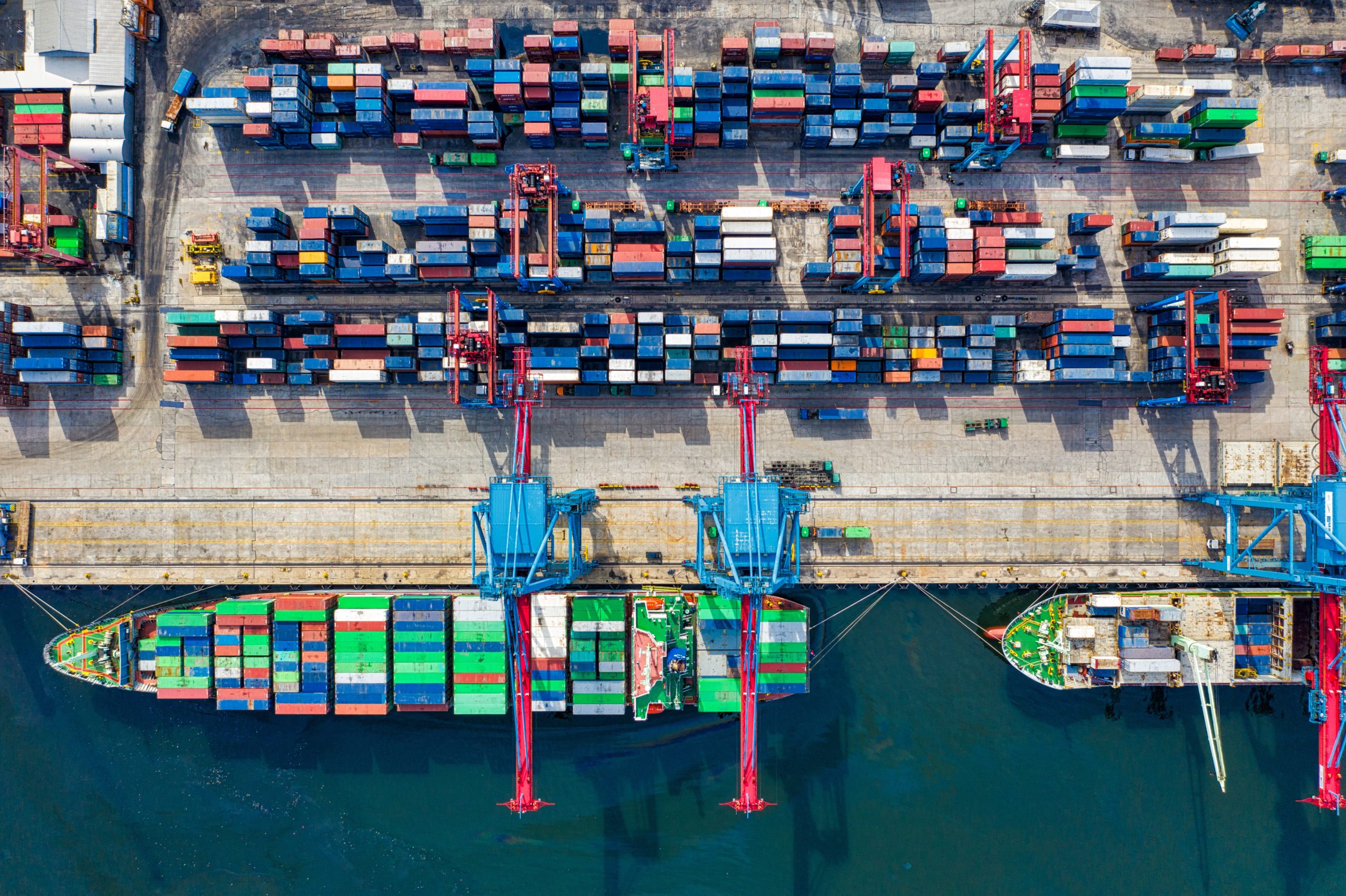4/5/2021
As we’ve seen the shipping crisis in the Suez Canal unfold over the past two weeks, we can take what we’ve learned to fix issues closer to home. The ports of Los Angeles and Long Beach are facing major backups for ships importing goods into the United States. As these ports are in our own jurisdiction, the solution to this problem, or eventual damage control if left unchecked, falls to the United States.
Beginning late in 2020, ships bringing goods into the Port of Los Angeles and Port of Long Beach were forced to anchor, waiting for space to open to unload. There are many causes for this situation: a messy global supply chain, companies restocking after early pandemic shortages, and a short-handed workforce at the ports due to coronavirus restrictions. Of course, these are unpredictable circumstances, but only stand to reinforce the need for preparedness.
An increase in container volume is no surprise. The statistics from the Port of Los Angeles show a near steady increase of container counts through the port from 1981 onwards. As such, it is logical to predict a continued increase in the future. And, considering these ports handle nearly a third of US imports, the ability to handle increasing volumes is paramount.
Left unchecked, this situation could devolve into a massive backlog of ships, causing global effects similar to those we saw from the Suez Canal. And because this port situation revolves around a lack of infrastructure, the responsibility is in the hands of the United States.
With the increase in imports, surely there is an increase in available funding to finance the necessary improvements. Whether this comes in the form of investing in another port to handle future imports or manage overflow, fitting the existing ports with better tools to manage imports more efficiently, or simply expanding the number of berths for incoming ships, there are many potential solutions to avoid future issues.
However, there is certainly a balance to be struck between current needs and predicted future needs. It is difficult to justify spending enormous sums of money improving infrastructure on a long-term scale based solely on predictions using current values. New technologies could make some companies obsolete or decrease the cost of shipping by air, which might draw companies away from sea-based shipping. But there is something to be said for short-term investments in infrastructure which keep our capabilities in line with or slightly beyond the predicted demand.
The similarities between our own situation and that of the Suez are clear. Without intervention and improvement, we run the risk of creating a comparable crisis and being left to pick up the pieces. Rather than leave it to chance, we should conservatively front-run the predicted shipping expectations and invest in a robust, efficient system to mitigate further barriers in the US economy and global trade.

